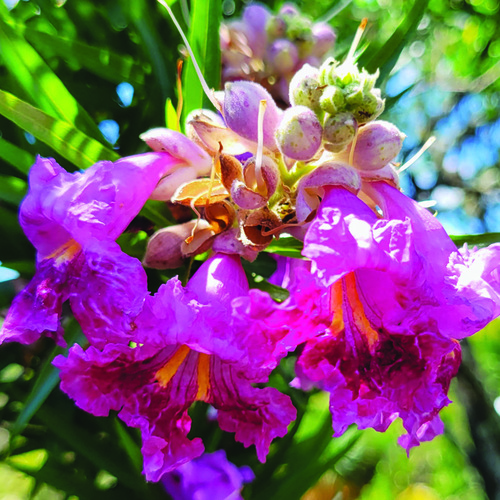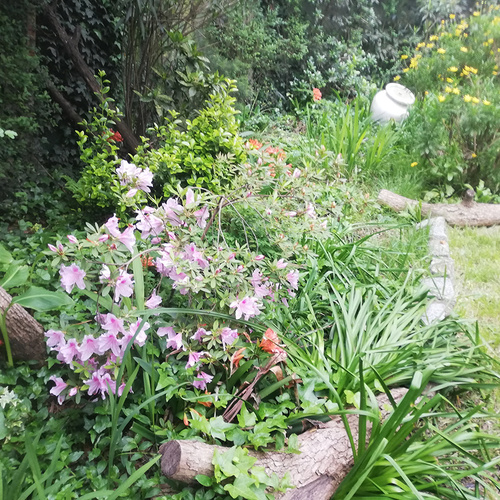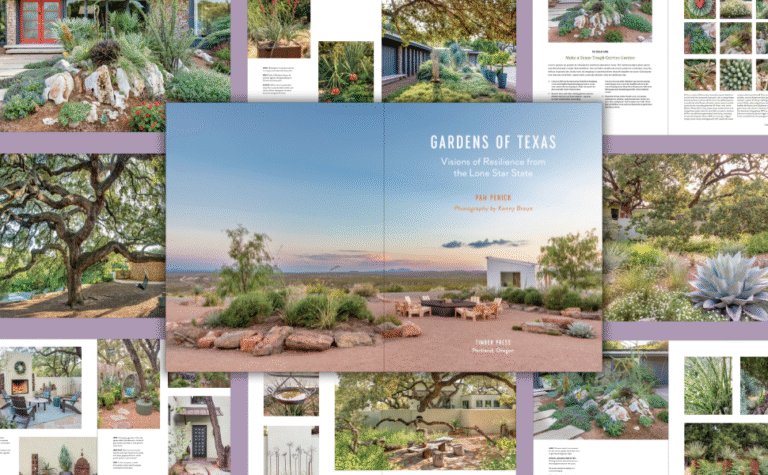Expert Picks: Long-Blooming Sun Perennials for Gardens in the Southeast
If you’re looking for plants that provide blooms throughout the season, these expert picks for the Southeast are sure to brighten your garden. Discover four long-blooming perennials that thrive in the region’s heat and humidity, adding reliable color to your sunny beds and borders.
Find More Regional Picks: Native Plants for Summer Interest in the Southeast
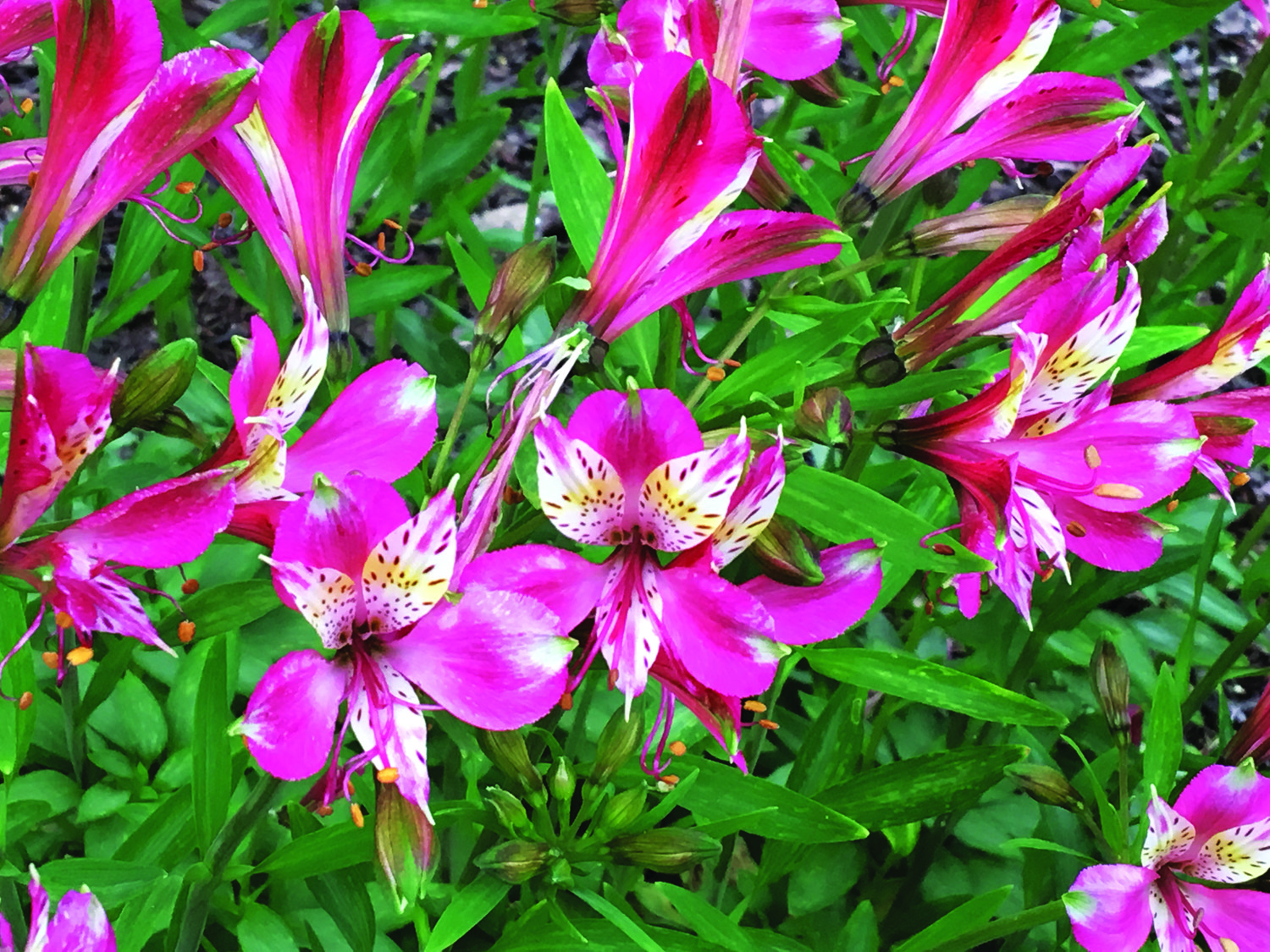
‘Freedom’ Peruvian lily
Name: Alstroemeria ‘Freedom’
Zones: 5b–8
Size: 24 to 30 inches tall and wide
Conditions: Full sun to partial shade; fertile, well-drained soil
Native range: South America
If the running habit of other Peruvian lilies has scared you away from the genus, ‘Freedom’ is the plant for you. From June through early October, its compact, clumping stalks are topped by whorls of peachy-pink flowers with upper petals that are splashed with white highlights and red speckles. I find that the plants will look tidiest if they are cut back hard after the first wave of heavy flowering, but this midsummer maintenance is not necessary to keep them blooming all season. You can expect the plants to die back after frost to mostly evergreen rosettes, which will persist through the winter. If rabbits frequent your garden, beware—they seem to find Peruvian lilies quite tasty.
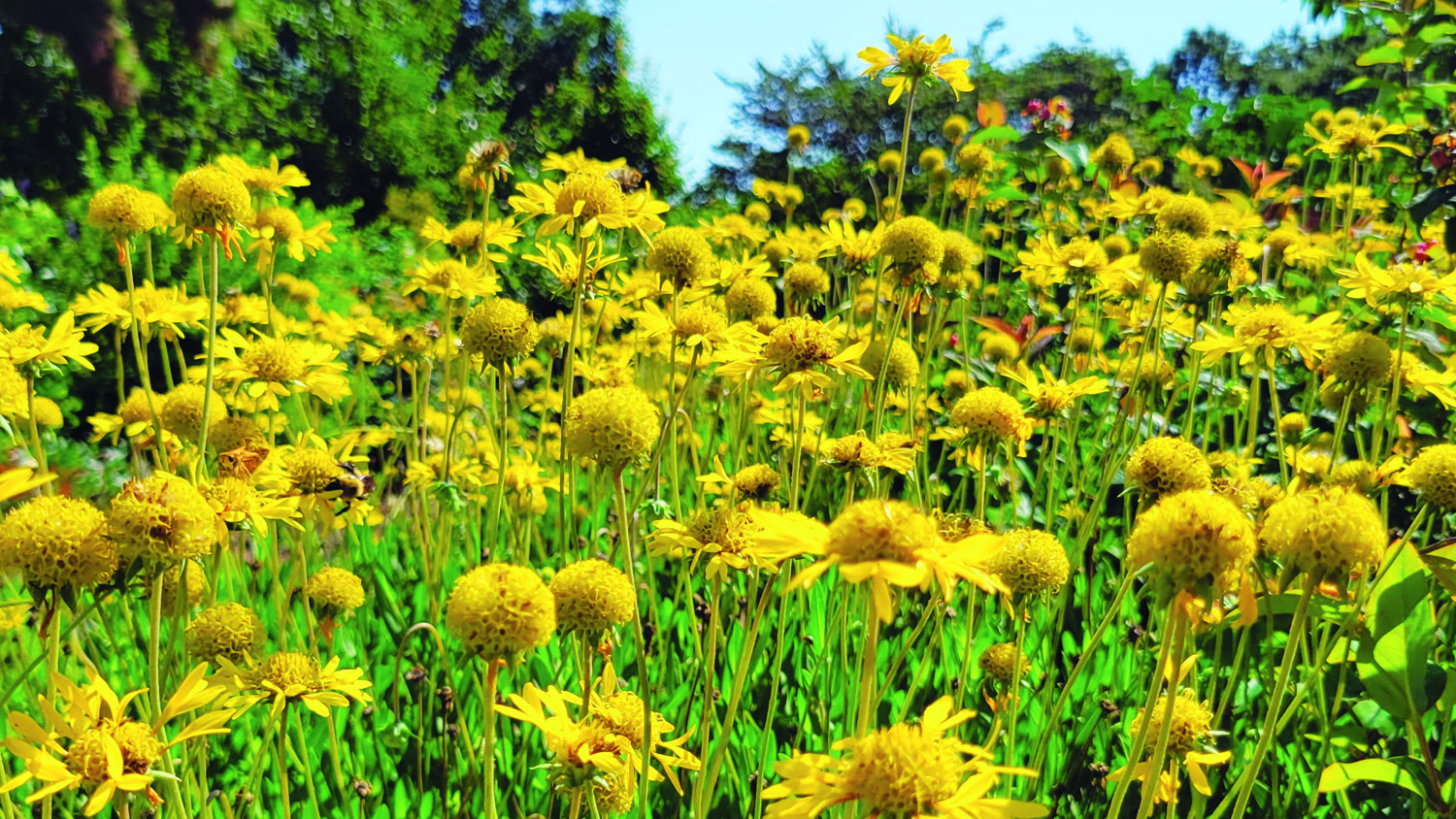
‘Glitz ‘n Glamour’ blanket flower
Name: Gaillardia aestivalis ‘Glitz ’n Glamour’
Zones: 6b–9
Size: 24 inches tall and 48 inches wide
Conditions: Full sun; well-drained soil
Native range: Southern and south central United States
Talk about a long-blooming perennial—‘Glitz ’n Glamour’ blanket flower begins blooming in mid-May and continues on through heavy frost. Its split yellow petals surround a ball of fertile florets, which remain after the petals drop, eventually becoming fluffy white orbs. The flowers are pollinator magnets, while the spreading masses of aromatic foliage seem to deter deer and rabbits. Site ‘Glitz ’n Glamour’ in blazing sun and give it relatively well-drained soil for optimum performance. It may be helpful to shear the plants back to their basal foliage after they have been hit by frost; this should give them the best chance of overwintering.
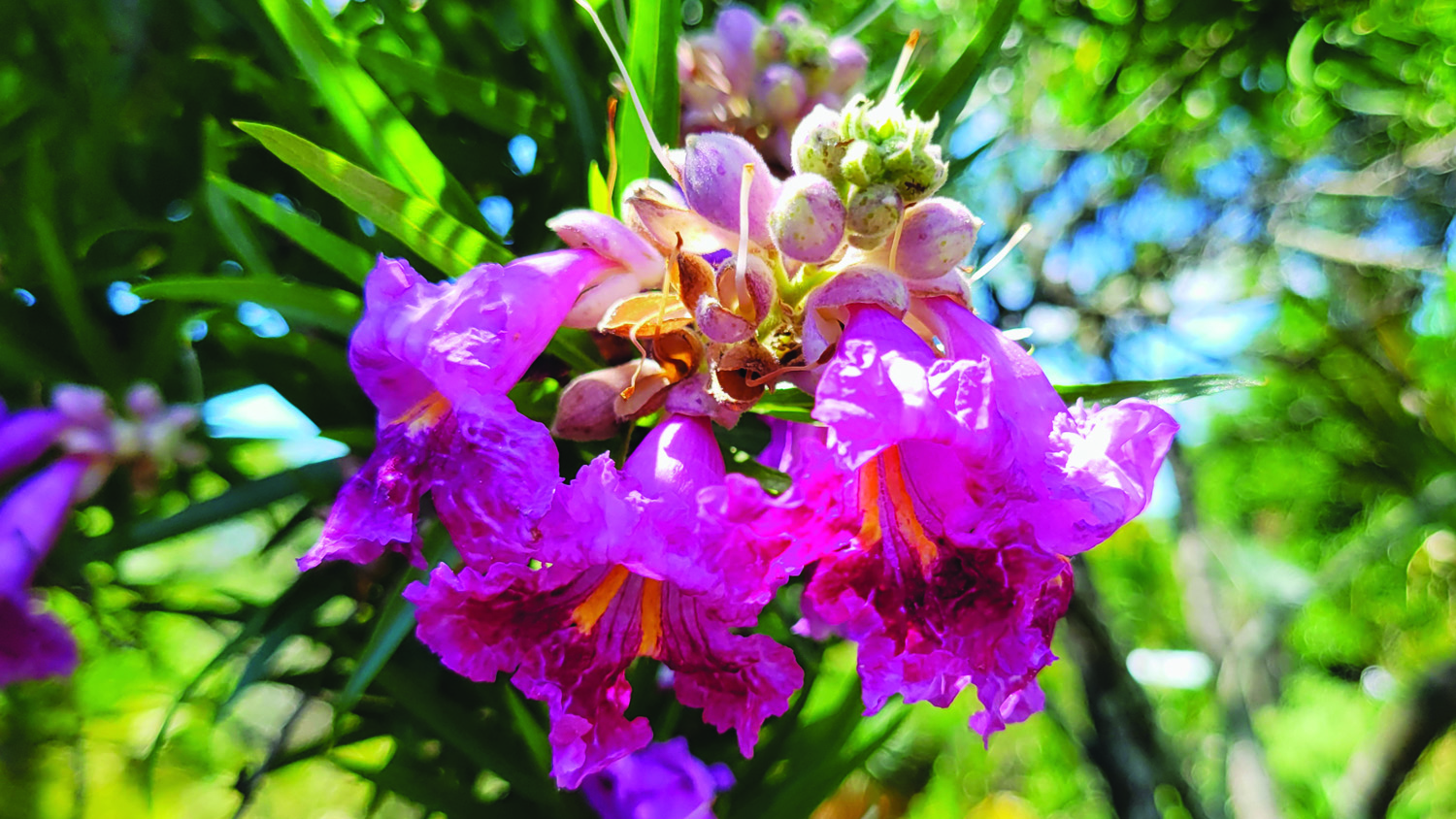
‘Bubba’ desert willow
Name: Chilopsis linearis ‘Bubba’
Zones: 6–10
Size: 25 feet tall and wide
Conditions: Full sun; average to dry soil
Native range: Southwestern United States and northern Mexico
‘Bubba’ desert willow is a fast-growing plant that can be maintained as a large shrub or allowed to develop into a small, multi-stemmed tree. This long-blooming perennial produces masses of large, fragrant, dark-pink and burgundy flowers backed by narrow deep green leaves from late May through September. ‘Bubba’ was selected for its intense flower color and treelike form, and although it is not quite seedless, it produces far fewer pods than the straight species. Desert willow is usually grown as a multi-trunk tree, but cutting it back hard each year in late winter will maintain it as a wide, shrubby plant that is around 8 feet tall. The flowers, which hummingbirds love, begin in mid-July and continue through late summer.
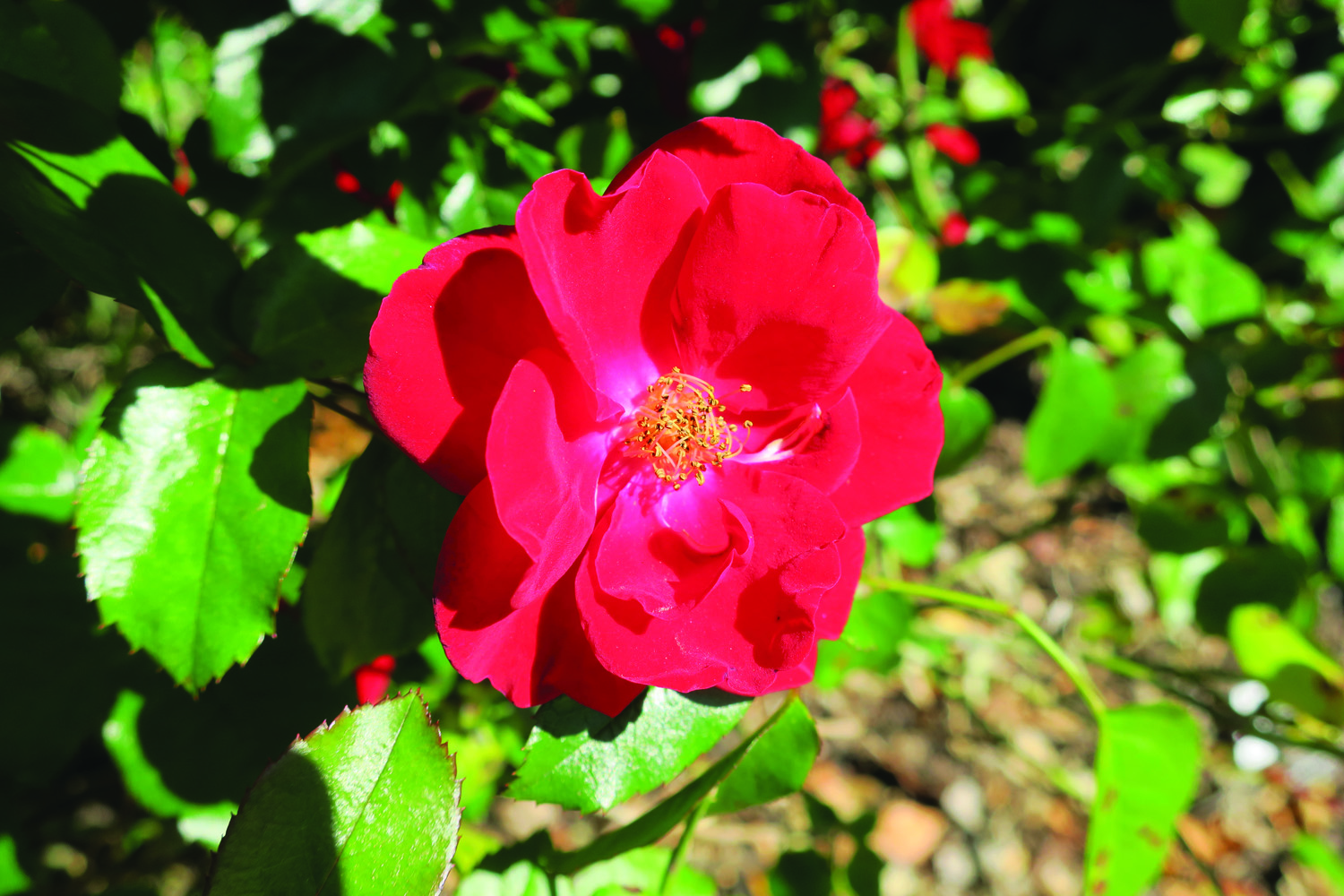
Thrive!® rose
Name: Rosa ‘Sprothrive’
Zones: 5–9
Size: 3 feet tall and 4 feet wide
Conditions: Full sun; moist, well-drained soil
Native range: Hybrid
There aren’t many roses on the top of my list of great landscape plants, but this selection might make the cut. It has been an amazing garden plant with very disease-resistant, dark green foliage that remains full all the way down to the ground. Brilliant red, fragrant semi-double long-blooming flowers are produced from late April to frost and age to pink. Thrive!® can be pruned in late winter if desired, but its restrained size and fullness means it rarely needs any trimming. This is a very low-maintenance and mostly pest-free shrub when it is grown in the landscape, but in a rose garden surrounded by other cultivars you can expect it to be affected by some of the same pests and diseases that plague nearby plants.
Regional expert: Mark Weathington is the director of the JC Raulston Arboretum at NC State University in Raleigh, North Carolina, and also the author of Gardening in the South: The Complete Homeowner’s Guide.
Photos courtesy of Mark Weathington/JC Raulston Arboretum
Fine Gardening Recommended Products

Morvat Heavy Duty Brass Y-Valve
Fine Gardening receives a commission for items purchased through links on this site, including Amazon Associates and other affiliate advertising programs.
– Instantly create two tap outlets with this ultra-durable Y hose splitter. The dual-valve design features built-in shut-off valves.
– Fitted with US Standard NH 3/4″ threads for use with most water source fittings
– Screw the 2 way splitter adapter by hand or wrench with the updated hexagonal top connection. The 360° rotatable swivel connection attaches to any water source.

XLUX Soil Moisture Meter
Fine Gardening receives a commission for items purchased through links on this site, including Amazon Associates and other affiliate advertising programs.
– Large and clear dial, including ten scales, plug and read
– Simply insert the moisture meter into soil and you’ll get the test result instantly
– Single probe, less hurts to the roots, doesn’t dig up too much soil after test

Dramm 17050 50′ ColorStorm 1/2″ Standard Soaker Hose
Fine Gardening receives a commission for items purchased through links on this site, including Amazon Associates and other affiliate advertising programs.
– Provides sufficient amounts of water to the garden without the hassle of hand watering
– Conveniently waters garden and beds
– 50 ft. by 1/2 inch diameter made from recycled material; lifetime guarantee
– Made in the USA




